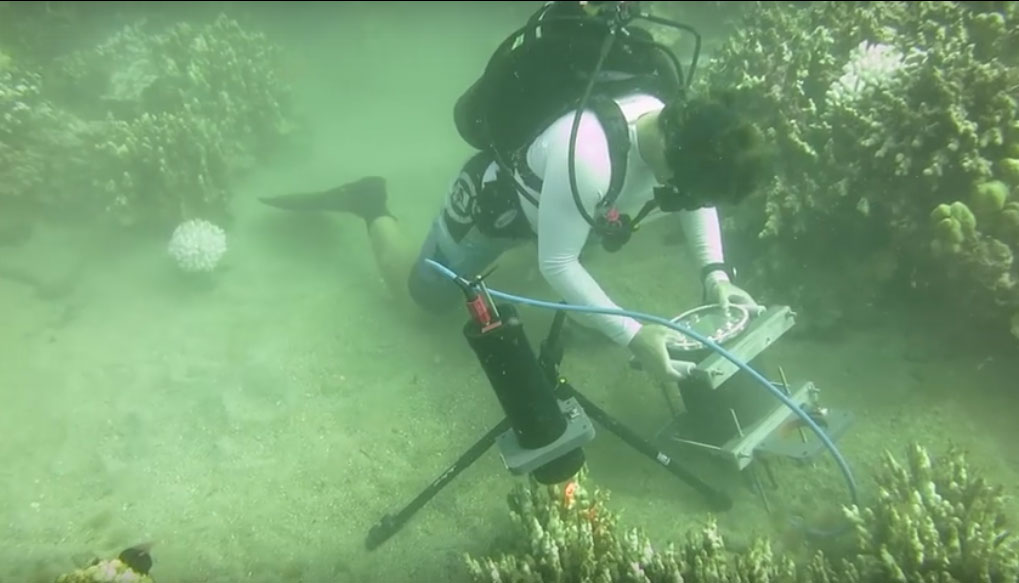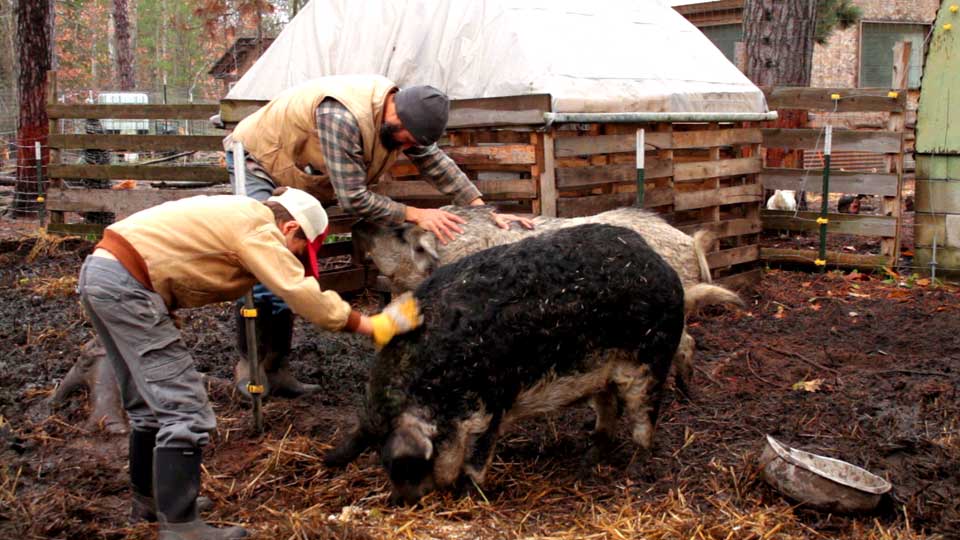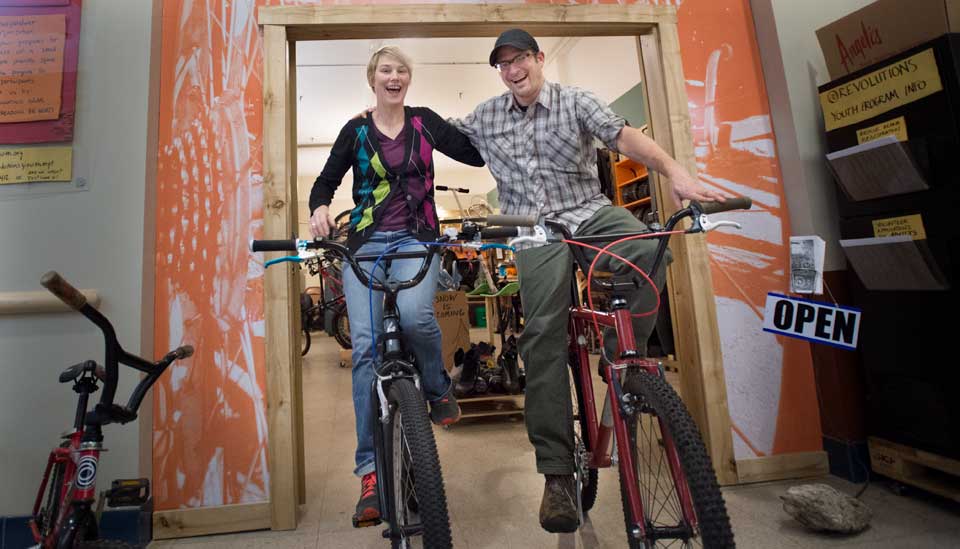How To Make The Workplace Green
It’s easy to make your work space more friendly to humans and the environment and it can help save on expenses for everyone!

Replacing your lights with flourescent bulbs and shutting off unused lights in the house will save energy and reduce your electric bills.
Have you ever wondered how to make the workplace green? You can create a greener environment at home and the office with just a few small lifestyle changes. You’ve made adjustments at home now it’s time to address your work environment. This is often where we spend the bulk of our time anyway. The biggest advantage to making the office green is that there are many more people around so the positive effects can have a greater impact and be much more significant.
Congratulations! You have decided to adopt environmental consciousness and save, recycle, and reduce the waste you produce. You’ve replaced the bulbs in your lights, traded the laundry dryers for sunshine and fresh air, and turned off the lights after leaving the room. But most of each day you spend at work, where the waste is celebrating.
Are you concerned about the risk of earning a reputation at work for nit-picking everyone in the beginning? Understandable, remember that this risk has been taken by everyone who has ever initiated great changes large and small! The advantage is that in the end you can positively affect the environmental footprint of many people at once.
The first step is getting to work: driving back and forth each day is of course the worst thing for the environment. (and doesn’t contribute to our need for exercise either). It wastes fuel and creates air pollution and road congestion. So go on foot or take a bicycle if the job is close. Alternatively, take public transport or join/create a car pool with of some of the people who work and live near your area. This will allow each of you to leave the car at home for certain days or weeks depending on how you run the car pool.
Once you’ve arrived to work the paper dilemma is the first place to start. We are not likely to ever reach the vision of a paperless office however, we can train ourselves to use paper wisely by getting the most use out of what we need and recycling when we’re done with it.
This brings us to the printer. Try to always print (or write) on both sides of the paper. Now when email is so accessible and simple there is no reason to make the postmen run around unnecessarily. You can add the logo of the recycling circle to the edge of your emails and ask recipients to consider whether they must print the message they’ve just received. At the end of the process there is another important step: separate the paper waste from the general trash for recycling.
Small things to consider: using wooden pencils instead of pens when possible to avoid the extra plastic waste. Try to reuse envelopes and packaging materials like cardboard boxes, bubble wrap, and styrofoam peanuts. (If you won’t be needing for your own needs most shipping outlets like UPS will accept these items to be reused). When you have broken instruments try to fix them before purchasing new and if it must be thrown out dispose of items only at authorized places. (e.g. batteries, ink cartridges, computer screens, etc.)
Coffee Break? Ditch any disposable Styrofoam cups. Everyone knows that they pollute the environment and are not biodegradable. They have even been listed by the U.S. Govt. as a cancer causing element. Paper cups? Better but still not great, they accumulate and increase the volume of garbage and cost money to replace on a regular basis. One can simply use glass cups or individual ceramic or travel mugs and one has the feeling of home.
Same goes for other drinks. Tap water is preferred over bottled water. The manufacturing of plastic and transport creates pollution and waste. But if you have been drinking a soft drink container, be sure to recycle or return to a store for rebate.
Speaking of drinking, food too can be addressed here. Instead of ordering take-out and causing the burning of more fuel and packaging for one time usage, you can bring home cooked food or if eating out walk to someplace close to your work area. (the walking will help facilitate digestion too)
Now electricity: clearly, it is advantageous to turn off appliances that are not necessary, and sometimes it is better to open a window or curtain instead of using fluorescent lights all day. Light the way – try to convince the person responsible for purchasing equipment to opt for efficient light bulbs. They may cost more but hold for a lot more time and utilize much less energy; making up for the initial investment over time.
At the end of the day (especially the weekend) turn off appliances and computers. You can connect multiple devices to column outlets with a circuit breaker, and disconnect all electricity at once.
Air conditioning takes a lot of energy so when you can try to open windows and let in fresh air. However, if opening windows is not an option, be sure to keep the temperature set not too high in the winter and and not too low in the summer. Each degree of heating or cooling is reflected in a 6 to 8 percent power increase.
Last but not least on the list is to remove the plastic plants and replace with real plants. They clean the air of carbon dioxide and don’t require too much maintenance.
As you can see this is a very doable list of ways how to make the workplace green and more than likely your fellow employees and your business clients will appreciate the positive changes!














You must be logged in to post a comment Login